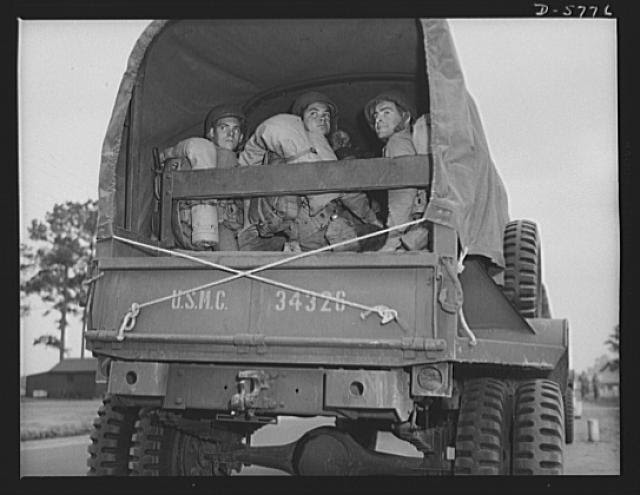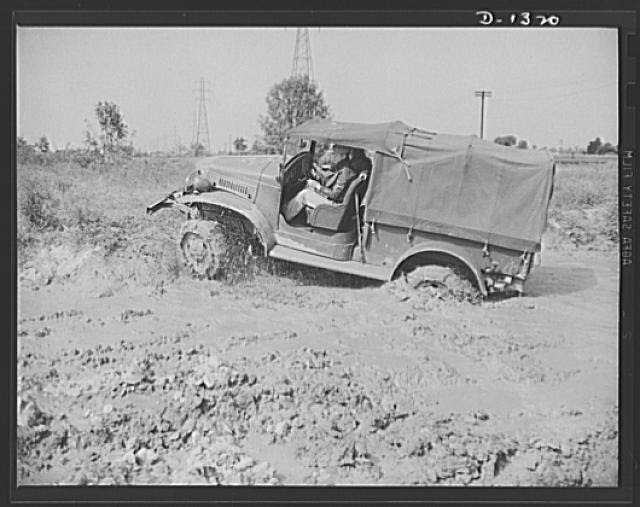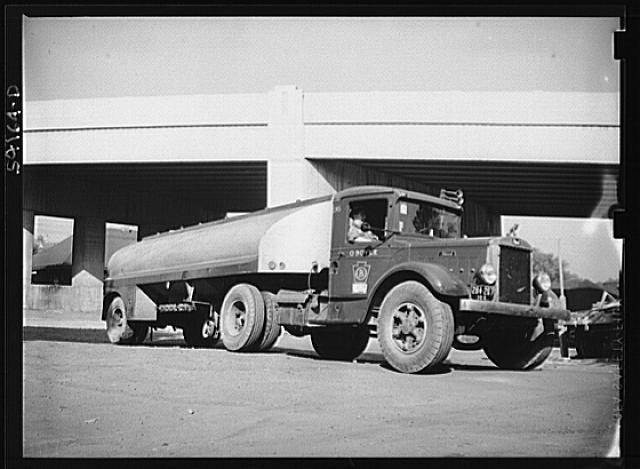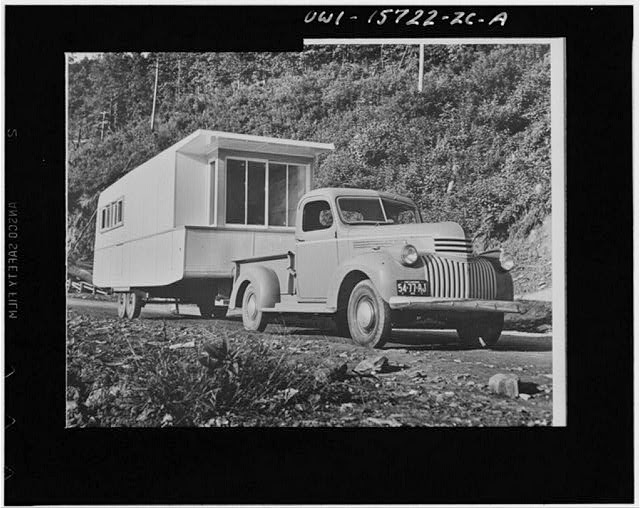Saturday, August 3, 2024
Going Feral: Motor Camping Equipment. . . from the summer of 1924.
Friday, February 23, 2024
Lex Anteinternet: Saturday, February 23, 1924. Electric Trucks.
Saturday, February 23, 1924. Electric Trucks.
On oil, the issue had an Autocar Truck advertisement advertising gas and electric trucks. . . the latter being something that locals now insist just can't happen.
Monday, November 27, 2023
Lex Anteinternet: Tuesday, November 27, 1923. Oil Filters.
Tuesday, November 27, 1923. Oil Filters
The modern oil filter was patented by George H. Greenhalgh. Prior to this, automobiles simply used a screen, which would partially account for the short engine life early automobiles had.
The Purolator oil filter is essentially what most vehicles use today, and is still in production.
Friday, July 21, 2023
Lex Anteinternet: Saturday, July 21, 1923. Saturday Evening Post. A dangerously dated cover?
Saturday, July 15, 2023
Friday, June 23, 2023
Lex Anteinternet: Saturday, June 21, 1923. Somewhere West of Laramie...
Saturday, June 21, 1923. Somewhere West of Laramie and somewhere near Hutchinson, Kansas.
Earlier this week, we noted this:
Thursday, June 21, 1923. Dawn of the advertising age. Somewhere West Of Laramie.
The advertisement is the most famous car ad of all time, and the ad itself revolutionized advertising. Based on the recollection of the Jordan Motor Car Company's founder in seeing a striking mounted girl outside of Laramie, while he was traveling by train, the advertisement is all image, revealing next to nothing about the actual product. While the Jordan Motor Car Company did not survive the Great Depression, the revolution in advertising was permanent.
On this date, the advertisement actually ran. I've always thought that it ran in the form set out above, but there were multiple versions, and it would appear that in actuality, the version below is the one that ran.
It's similiar.
But I like the one set out at the very top better.
Thursday, June 22, 2023
Lex Anteinternet: Thursday, June 21, 1923. Dawn of the advertising ...
Thursday, June 21, 1923. Dawn of the advertising age. Somewhere West Of Laramie.
The advertisement is the most famous car ad of all time, and the ad itself revolutionized advertising. Based on the recollection of the Jordan Motor Car Company's founder in seeing a striking mounted girl outside of Laramie, while he was traveling by train, the advertisement is all image, revealing next to nothing about the actual product. While the Jordan Motor Car Company did not survive the Great Depression, the revolution in advertising was permanent.
Sunday, May 14, 2023
Lex Anteinternet: Automotive Transportation I: Trucks and Lorries
Automotive Transportation I: Trucks and Lorries
They did not all operate exactly the same way that modern trucks do. Some did, with engine and transmission, but others were chain driven, like motorcycles were (and some still are). But as heavy as they were, they tended to be pretty prone to maintenance problems and they were, in some ways, more comparable to industrial machines than to the modern trucks we have today.
They also didn't stray much into the sticks. They didn't have the range for it, and they were too expensive for many rural users. Nonetheless, they began to come into military use just prior to World War One. The U.S. First Aero Squadron was the first fully motorized unit of the U.S. Army and saw deployment in the Punitive Expedition, where its trucks proved as great of value, if not greater, than its aircraft.


At the same time, the pickup truck very much made its appearance. At first most pickups were converted cars, with conversions of Model Ts being quite common. But as the type proved so utilitarian soon major automobile manufacturers began to offer them, and they became a staple for small businesses, farms and ranches. All were two wheel drive at this point.
Also contrary to widely held belief, the post Great War period, followed by the Twenties and the Great Depression did not see the Army supplant horses entirely by any means, but it did see the artillery branch, specifically the field artillery, take a huge interest in trucks.
Various nations artillery branches has started to use trucks as "artillery tractors" during World War One, with every major army using some. The heavier the piece, the more likely that an army was using an artillery tractor to tow it. Following World War One, the U.S. Army in particular had an enormous interest in trucks. Indeed, the artillery was arguably more interested in trucks than any other branch of the Army.
What the artillery branch found was that there really weren't any artillery tractors of the type that it wanted, and that it new could be built. Available trucks, for the most part, were two axle, two wheel drive, low geared trucks. All wheel drive trucks did start coming in during this period, but they were very heavy indeed, and mostly used for very rugged rural enterprises, such as logging. The artillery wanted a truck that was all wheel drive, but still capable of effective road use. As there wasn't such a vehicle, it set out inventing one.
And it was successful, which oddly put the Federal government, for awhile, in the truck manufacturing business. While these 6x6 artillery tractors proved to be immediately successful, they also proved to be very expensive, and in a nation with such a massive automobile industry, it soon came to be the case that nobody could see a really good reason why the Federal government should be operating a truck company, so this line of truck, during the 1930s, was contracted out as a type to various civilian manufacturers.



Friday, May 12, 2023
Lex Anteinternet: Afrika Korps display, National Museum of Military ...
Lex Anteinternet: Afrika Korps display, National Museum of Military ... : Last edition: Dodge WC Command Car. National Museum of Military...

-
You don't often see the classic Volkswagen van in this use, but here it is.
-
Oh my, they're here: An earlier thread here: The Work Truck Blog: Wyoming Delegation: Everyone Wants Internal Combus... : Wyoming Deleg...
-
Oddly enough, I ran into this Jeep with a utility trailer on the same day I saw the Suzuki Samurai. I'm on my third Jeep now, so obvious...

_(IA_ColliersV073n0819240223).jpeg)
_(IA_ColliersV073n0819240223)l.jpeg)
_(IA_ColliersV073n0819240223)33.jpeg)
_(IA_ColliersV073n0819240223)oil.jpeg)
_(IA_ColliersV073n0819240223)2.jpeg)

















